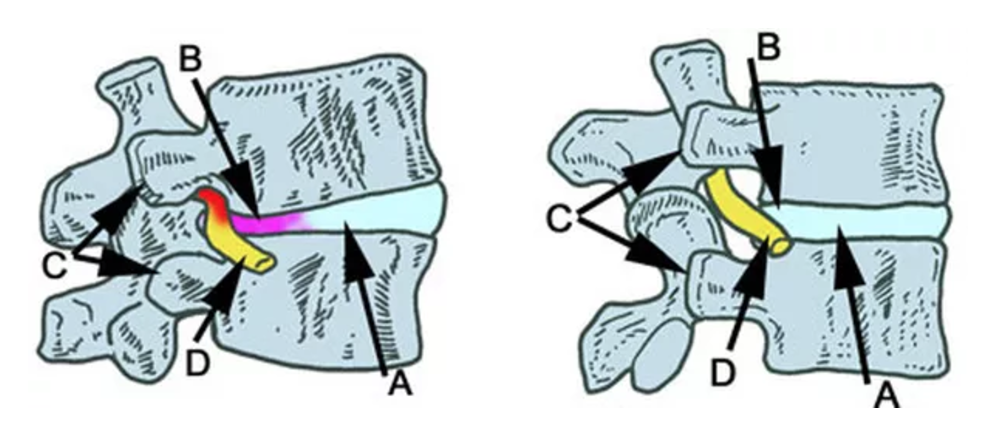Peripheral Neuropathy is a disorder of the peripheral nerves – the motor, sensory and autonomic nerves that connect the spinal cord to muscles, skin and internal organs. It usually affects the hands and feet, causing weakness, numbness, tingling and pain. Peripheral neuropathy’s course is variable: It can come and go, slowly progressing over many years, or it can become severe and debilitating. However, if diagnosed early, peripheral neuropathy can often be controlled.
Sensory nerves send messages in the other direction – from the muscles back to the spinal cord and the brain. Special sensors in the skin and deep inside the body help people identify if an object is sharp, rough, or smooth; if it’s hot or cold; or if it’s standing still or in motion. Sensory nerve damage often results in tingling numbness, pain, and extreme sensitivity to touch.
Autonomic nerves control involuntary orsemi-voluntary functions, such as heart rate, blood pressure, digestion, and sweating.When the autonomic nerves are damaged,a person’s heart may beat faster or slower. They may get dizzy when standing up: sweat excessively; or have difficulty sweating at all. In addition, autonomic nerve damage may result in difficulty swallowing, nausea, vomiting, diarrhea or constipation, problems with urination, abnormal pupil size, and sexual dysfunction.
What Causes Neuropathy?
Neuropathy has many different causes. The most common metabolic cause that is seen in a physician office is patients with diabetes. Nearly 60% of all patients with diabetes develop neuropathy. As if the pain, numbness, swelling, burning, tingling, sleepless nights, balance issues, along with all the other symptoms that go along with neuropathy is not bad enough,approximately 86,000 Americans each year undergo amputations as a result of uncontrolled neuropathy.
Other causes include:
- Chemotherapy
- Alcoholism
- Drugs/prescription medication
- War toxins, industrial toxins
Treatments
Despite the obvious benefits of pharmaco-therapy drugs for treating peripheral neuropathy, undesired side effects for patients have created serious concerns for physicians. Numerous controlled research investigations have directed the astute medical community toward more “non-invasive” medical interventions, such as clinical Electroanalgesia to manage or mitigate patient problem with peripheral neuropathy. For years many physicians have been helping patients by using this effective advanced physical medicine treatment known as Electroanalgesia by NeuroMed.
Electroanalgesia has been successfully used and documented by physicians for a wide variety of problems. Long-term advantages of this treatment regimen include:
- Dramatic cost savings in both treatment and subsequent (lifelong) medications
- Allowing the patient to perform activities of daily living.
- Avoiding interventions or surgery in a patient for whom every other conservative alternative has been exhausted.
Although Electroanalgesia may seem like a new technology to many practitioners, it is actually one of the oldest and most documented medical sciences known. Cellular function has long been known and accepted to be influenced by specific bioelectric fields. The science of clinical electromedicine is based upon the concept that any medical treatment, regardless of the specialty or avenue of approach, can only stimulate, facilitate, or inhibitelectrical or chemical processes in the body.
Neuron Function Imitation (stimulate)
- Imitates normal nerve firing frequencies
- Prevention or retardation of disuse atrophy
Neuron Function Exhaustion (facilitate)
- Depletion of the synaptic neurotransmitter necessary for continued action potential propagation
- Muscle fatigue and relaxation for spasm relief
Neuron Function Interruption (inhibit)
- Stops or interrupts the axon transport of the action impulse
- Inhibit PAIN, in cases of severe (long term) intractable pain.
Call today for an appointment…

